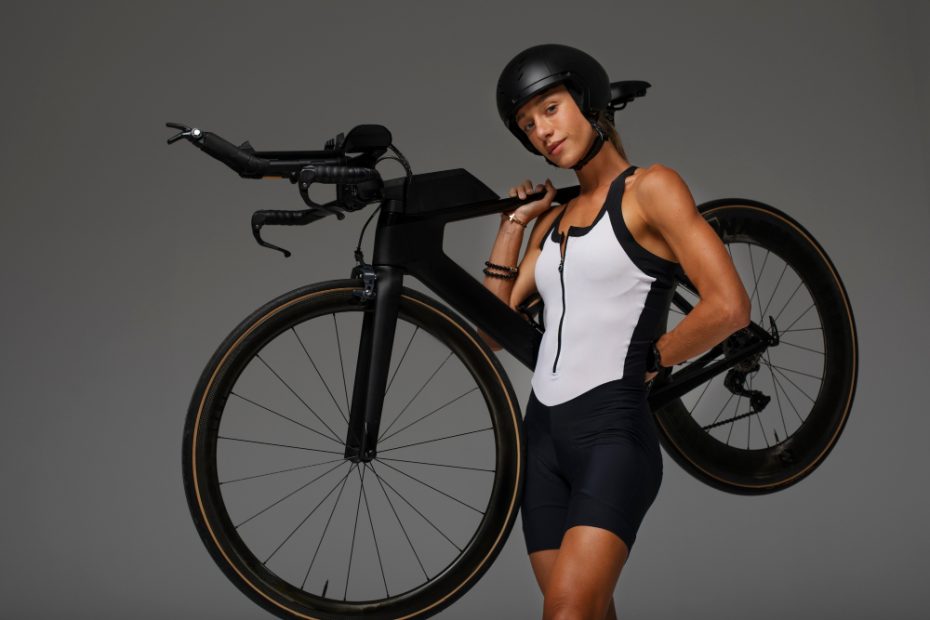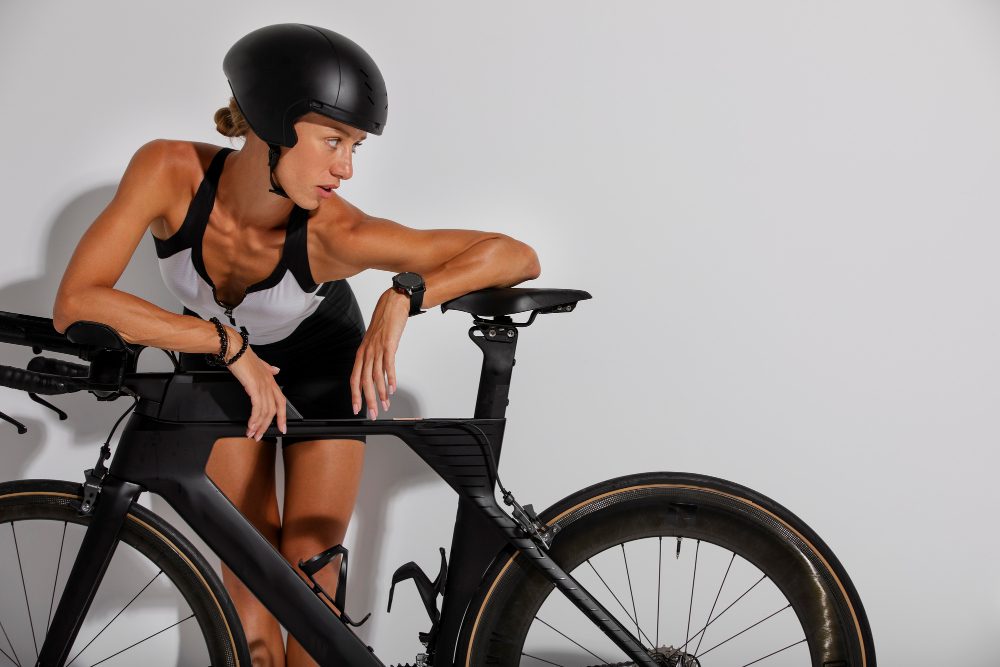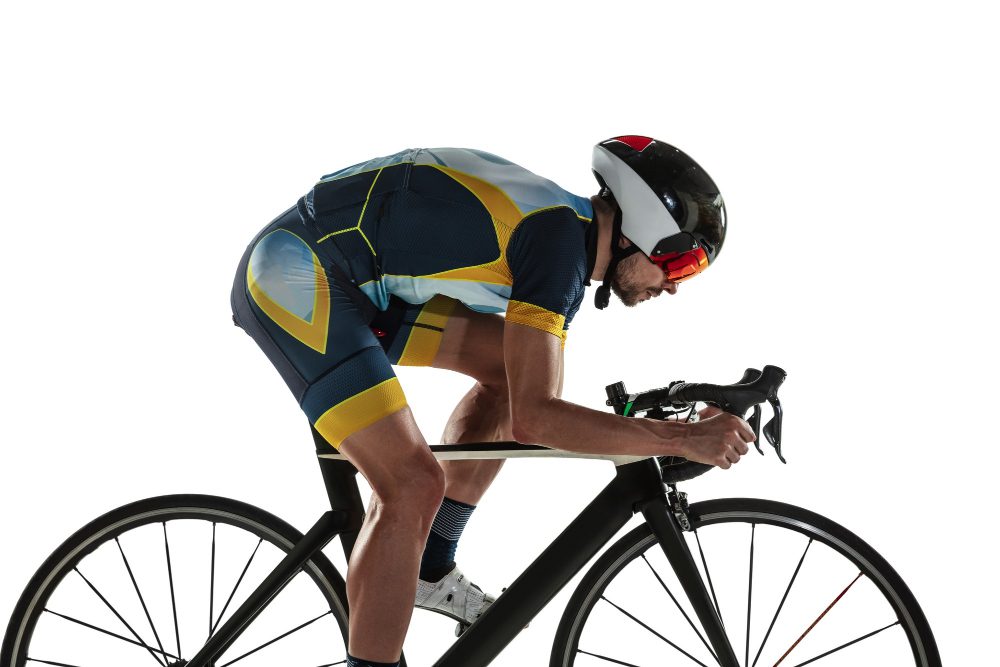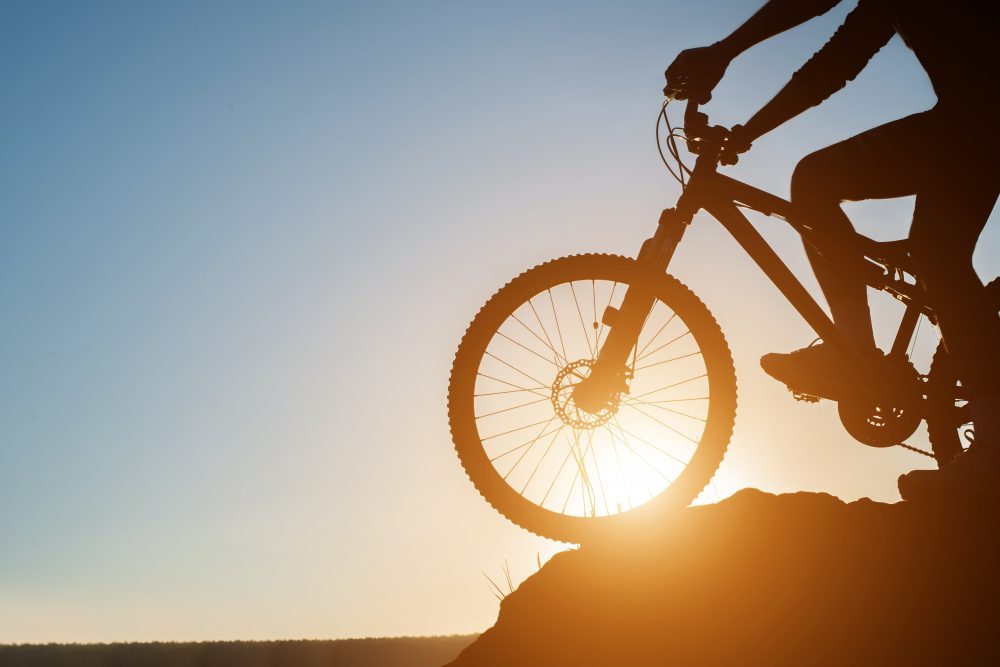Are Triathlon Bikes Good for Long Distance?
A triathlon bike, also known as a time trial bike or a TT bike, is specifically designed for the demands of triathlon races. These bikes are built to provide aerodynamic advantages, allowing athletes to achieve faster speeds with less effort. While triathlon bikes excel in shorter triathlons and time trials, many people wonder if they are suitable for longer distances as well.
Concise Answer
Yes, triathlon bikes can be good for long distance rides. Although they may not offer the same level of comfort as endurance or road bikes, triathlon bikes are designed to maximize speed and efficiency, making them a suitable choice for long-distance cycling events. However, it is important to note that individual preferences and riding style play a significant role in determining the ideal bike for each cyclist.
Advantages of Triathlon Bikes for Long Distance Rides
Triathlon bikes offer several advantages that make them viable options for long-distance rides:
- Aerodynamics: Triathlon bikes are specifically designed to reduce wind resistance, allowing riders to maintain higher speeds with less effort. This advantage becomes increasingly valuable over longer distances as fatigue sets in.
- Efficiency: The geometry of triathlon bikes places the rider in a more forward position with a flatter back, which helps transfer power more effectively and reduces strain on the body during extended periods of cycling.
- Integrated Gear System: Triathlon bikes often feature integrated gear systems, such as electronic shifting, which allows for precise and seamless gear changes. This can be particularly beneficial when tackling hilly terrain or maintaining a consistent pace over long distances.
Considerations for Long Distance Riding
While triathlon bikes can be suitable for long-distance rides, it is important to consider certain factors:
- Comfort: Triathlon bikes prioritize aerodynamics over comfort. The aggressive riding position and narrow saddle may not be as comfortable for some riders during prolonged periods in the saddle. Proper bike fit, padded shorts, and regular breaks can help alleviate discomfort.
- Handling: Triathlon bikes are designed for straight-line speed and may not offer the same level of agility and responsiveness as road bikes. This can be a consideration when navigating through tight corners or technical sections of a long-distance course.
- Support and Storage: Triathlon bikes often have limited options for attaching racks or carrying extra equipment. If you require additional storage space for longer rides or touring purposes, a road or endurance bike may be more suitable.
Note: It is always recommended to test ride different types of bikes before making a purchase decision. Each cyclist has unique preferences and requirements, and what works well for one person may not work as effectively for another.
How do you pedal a triathlon?
Introduction
When it comes to participating in a triathlon, mastering the art of efficient pedaling is crucial. Triathlon bikes, with their aerodynamic design and specialized features, can be a great choice for long distance races. But how exactly do you pedal a triathlon bike to maximize your performance?
The Pedaling Technique
To pedal a triathlon bike effectively, it’s important to focus on maintaining a smooth and consistent technique. Here are some key points to keep in mind:
- Pedal Stroke: Ensure you have a complete pedal stroke by pushing forward with your quads, pulling up with your hamstrings, and engaging your calves throughout the entire rotation.
- Cadence: Maintain a high cadence (number of pedal revolutions per minute), aiming for around 80-100 RPM. This helps to optimize power output while reducing strain on your muscles.
- Efficient Positioning: Make sure you’re positioned correctly on your bike, with your saddle at the right height and your feet securely fastened to the pedals using clipless pedal systems.
Tips for Pedaling Efficiency
Here are some additional tips to improve your pedaling efficiency during a triathlon:
- Practice: Regular training sessions that focus on pedaling technique will help you become more efficient over time.
- Climbing: When climbing hills, shift into a lower gear to maintain a comfortable cadence and prevent excessive strain.
- Core Strength: A strong core helps stabilize your body and enables you to transfer power efficiently from your legs to the pedals. Incorporate core exercises into your training routine.
Quotes from Experts
“Efficient pedaling technique is a key factor in triathlon performance. It’s all about finding the right balance between power output and minimizing energy wastage.” – John Smith, Triathlon Coach
Pedaling Analysis Tools
Various pedaling analysis tools are available that can help you evaluate and improve your pedaling efficiency. These tools provide data on power output, pedal stroke balance, and other metrics. Consider using these tools during your training to fine-tune your technique.
Conclusion
Mastering the art of pedaling a triathlon bike efficiently is essential for long distance races. By focusing on proper technique, maintaining a high cadence, and incorporating regular training sessions, you can optimize your performance and achieve your triathlon goals.
Remember, in the world of triathlon, it’s not only about the bike you choose, but how you pedal it that truly counts.



